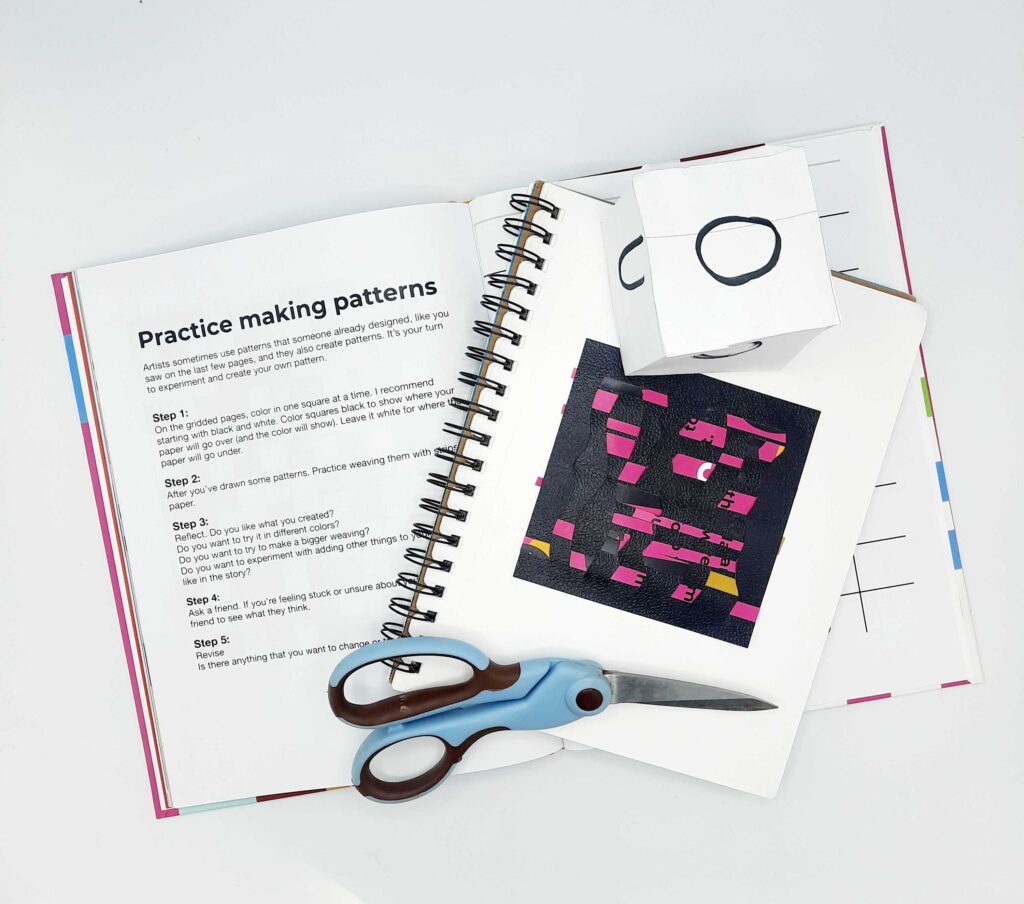Are You Misusing Reference Images?

Everything around you is communicating. The question is, are you listening, are you looking, and do you understand? The color, texture, proportion, and scale tell you something. Is it safe? Playful? Hot or cold?
Look in the mirror; what does your style communicate? Does it say you’re friendly, under 20, following trends, or breaking the rules?
Successful visual communication is when there is an alignment between materials, processes, and ideas.
If you’re working on or thinking about creating an AP art portfolio or any art portfolio, there are a few key terms you need to understand.
ideas: what you’re thinking about, trying to communicate, document, or demonstrate through your work
reference image: images that you’re looking at to
materials: what you use to create the work
process: how you use the materials that you’ve selected
documentation: showing your ideas and why you made the choices that you made
Do you use reference images to inform your work? Are you sure that you’re not copying or practicing appropriation?
Once you have an idea, or even sometimes before you have an idea, it’s helpful to use images to spark your imagination or guide your work. However, I often see students misusing reference images, which can lead to negative repercussions like earning a failing grade or getting your portfolio denied when viewed by the college board or admissions.
Most often, students aren’t intentionally misusing reference images.
You may have heard that if you change the image by 80%, then it is okay, but what does that mean, and how do you know that you changed 80%? I’m not going to outline rules. Instead, we’re going to look at 5 practices you can put into place to help you feel more confident that your idea is your idea and not copied from someone else.
- Collect multiple reference images
- Seek out materials and processes different than yours
- Use reference images in the planning phase
- Create your own
- Annotate your decisions
Collect multiple reference images.
Collect at least 3-5 images to reference for any one piece that you’re creating. By combining information from multiple images, you naturally make some of your own decisions and move away from copying one.
Seek out materials and processes different than yours
Creating natural synthesis points is an easy way to ensure that you’re making choices about your work. If you’re creating digital art, then look for something other than reference images that are done digitally. Instead, look at paintings, drawings, or even textiles. As you translate the information into a new material, you’ll begin to transform the work.
Use Reference Images in the Planning Phase
Allow yourself to use reference images with wild abandon when sketching, planning, and learning. If you’re trying to understand how to draw a Robin, allow yourself to look at the image of a Robin and copy it. However, as you transition to your final piece, put your reference images away and instead turn to all the sketches and planning pages you completed.
Create your own
Easy access to online images often makes us forget that we can just as easily create our own. Take photos and build a library of reference images. Set up still lifes. Collect, cut, and collage images together to create reference images. By making your reference images, you don’t need to worry if you’ve made enough changes for the work to be considered your own.
Annotate your Decisions
It can be challenging to understand whether you’ve changed an image enough. While there are no clear-cut rules, understanding which decisions you made and which you copied is a helpful start. Look at your work and make a note of each decision that you made vs. which you copied. Also, remember how many reference images you relied on; as noted above, the more reference images you use, the better, as that also forces decision-making.
Here’s a list to get you started.
- Who selected the color palette you, the reference image, or nature?
- Who selected the subject matter, your or the reference image?
- Who selected the materials that you used to create the work? You or the reference image?
- Who determined the processes that you used to create the work? You or the reference image?
- Who determined the size of the work? You or the reference image?
- Who determine the composition? You or the reference image?
Tips to selecting and using reference images
Look for reference images that use a different material or process than the one you will use. For example, if you’re creating digital art, look at things that are painted on canvas.
Look at your reference images while you sketch and plan, and put them away when you turn to the finished piece.
When possible, create your references by taking photos or cutting images apart, creating a new collaged image as a reference.
Look at your work and note what decisions you made. Did you decide on the colors, composition, materials, and process? If you made most of the decisions, you can feel confident that you used a reference image and didn’t copy.